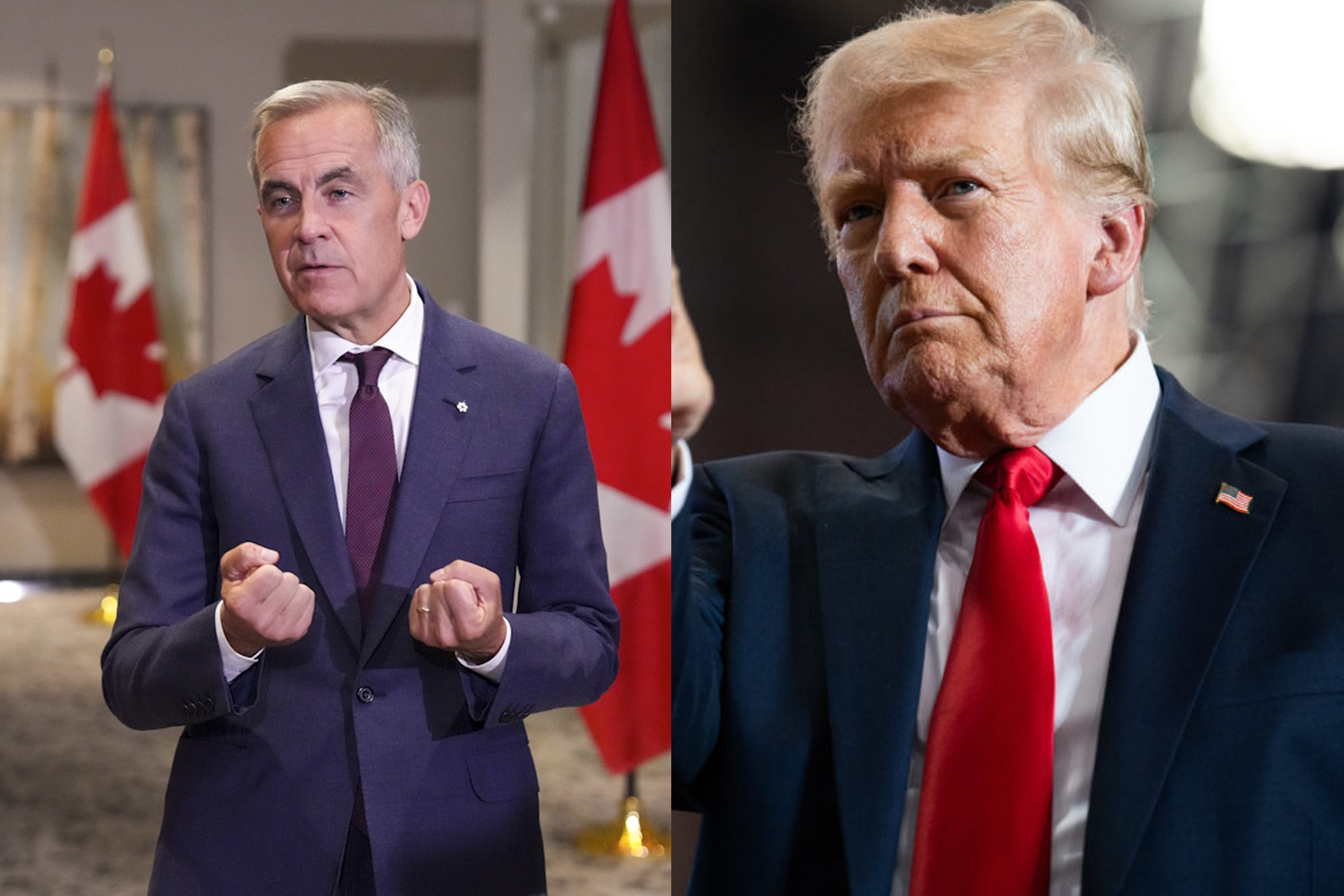Mark Carney, Canada’s Prime Minister since April 28, has spent his first 100-plus days implementing several major policies and projects, while facing scrutiny over trade, fiscal and environmental priorities. Looking back at Carney’s first summer as Prime Minister reveals how campaign promises translate into action.
One of Carney’s first acts was cutting the consumer carbon tax on April 1 a move intended to ease the rising cost of living. NetNewsLedger reported in April that the cut could reduce the consumer price index by 0.7 per cent. On July 1, his middle-class tax cut took effect, lowering federal payroll taxes to 14 per cent, with Ottawa citing relief for nearly 22 million Canadians.
Carney’s most significant legislative effort to date is the One Canadian Economy Act (Bill C-5), which was introduced to the House of Commons on June 6 and received Royal Assent on June 26. The bill is divided into two parts: Part 1, the Free Trade and Labour Mobility in Canada Act, which eliminates federal barriers to the interprovincial movement of goods, services and labour; and Part 2, the Building Canada Act, which allows the Governor in Council to designate major infrastructure projects as in the national interest overriding existing federal laws and regulations.
While barriers in Part 1 were removed on July 1, implementation of Part 2 remains uncertain due to a lack of designated projects. Indigenous groups, such as the Chiefs of Ontario, have also pointed to the bills weakening environmental protections, reducing oversight and limiting opportunities for first nations to consult. All of this occurred as the bill was rushed through Parliament before its summer adjournment.
A central campaign promise was the “elbows up” approach to Canada-U.S. trade. In a news conference, Carney emphasized that 85 per cent of Canadian goods are tariff-free, positioning Canada as having the strongest trade deal with the United States. Despite this, counter-tariffs have been reduced and enforcement of new trade measures has seen little progress.
As Carney’s government seeks to spend less and invest more, CUPE reported in July 2025 that Carney had committed to cutting public services by 7.5 per cent by 2026, targeting a 15 per cent reduction in 2028. The goal of this is to reduce unnecessary services that have become obsolete or create barriers. Details about which services will be affected and the timing of the cuts remain unclear. CUPE warns of the mass layoffs seen in the 1990s which led to privatization.
Simultaneously, CBC reported in August that the government has committed $9 billion in defense spending, aiming to reach two per cent of GDP by the end of the year, which is in line with NATO targets reaching five per cent by 2035. While the government is increasing defense spending, the source of the funding and precise allocation of resources is not fully detailed. Questions of Parliament’s capability remain unclear.
Despite Carney’s past roles as the UN Special Envoy on Climate Action and Finance, climate policy has not been prioritized in cabinet planning. The Times noted in June that Carney’s appointed energy minister was previously an executive of an Alberta oil production company. Carney has expressed plans to make Canada a global energy superpower with both renewable and nonrenewable sources, including oil and gas.
Meanwhile, the Strong Borders Act (Bill C-2) significantly expands border and immigration enforcement, including enhanced deportation and surveillance powers. CBC reported in June that advocacy groups have raised concerns about potential impact on refugees and asylum seekers, given the wide-reaching implications and powers the bill provides.
Carney’s early actions reflect partial fulfilment of campaign promises, including tax cuts and the passage of a major infrastructure bill, Bill C-5. Other areas, such as trade negotiations, climate policy and infrastructure execution are not yet finalized. The 100-day benchmark is largely symbolic and more time is needed to fully assess how the government will address major challenges. With Parliament scheduled to have the fewest sitting days in more than 50 years, it remains unclear whether pending policies will be expedited as they were with Bill C-5, or if they will be caught in red tape.

